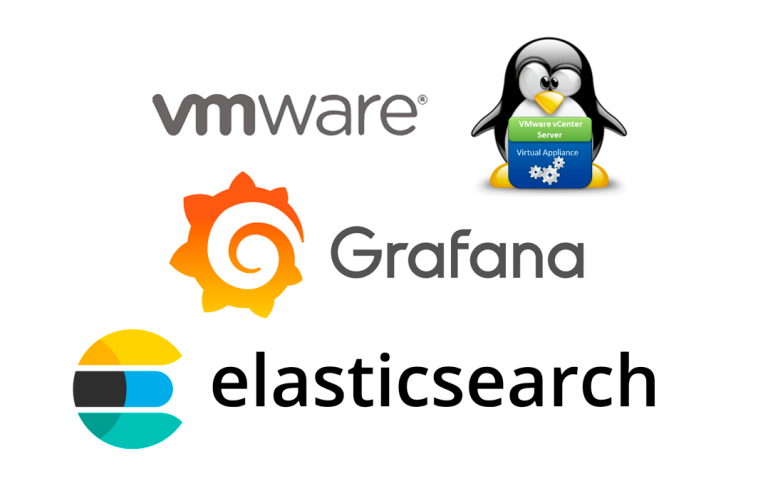
Using Host Profile in VMware vSphere
One way to help us in the configuration of our virtual environment is to rely on one of the new features that VMware vSphere brings 4, the ability to use already configured templates to apply to all our ESX hosts, or for when we add a new VMware ESX host to our virtual community, we can apply the same configurations that one of our hosts already has.. We can create a template from scratch by configuring everything manually or get said template from one of our servers already configured perfectly (being able to edit the profile if necessary), and then apply it to the rest of the hosts that do not meet the requirements that we indicate. This is called the VMware Host Profile.
What I said, once again VMware outpaces all its competitors by allowing for even more comfortable and straightforward management. To access VMware Host Profiles, we will change the view of our VMware vSphere Client to “Host Profiles”,
First of all, we will need to create a profile, To do this, click on “Create Profile”,
We can import a profile that we have exported or directly create a profile from a host that we already have configured in the virtual environment, so we select “Create profile from existing host”, “Next”,
We select the ESX host that we will use as a reference. In my case, I only have one ESX host in my cluster or in my DataCenter, posteriormente agregaré dos host ESX más a los que les aplicaré la plantilla con la configuración que deben tener para pertenecer a mi clúster con la misma configuración. “Next”,
Indicamos un nombre y una descripción al perfíl, “Next”,
We check the summary, If everything is correct, “Finish”.
Una vez creado el perfíl, lo editamos por si tenemos la necesidad de modificar cualquier configuración a nivel global, for this, sobre el perfíl con botón derecho “Edit Profile…”
Y tendremos toda la configuración del perfíl, ahora si nos interesa, podemos modificar cualquier parámetro. En mi caso no me interesa quitar o cambiar nada, si no que quiero esta configuración para todos los host. Si nos movemos por las ramas, podremos ver cómo ciertos valores se asignan automáticamente (almost all of them) excepto por ejemplo las direcciones IP’s, que serán parámetros a configurar manualmente cuando apliquemos una plantilla a un servidor ESX. “OK”,
Cómo vemos todas las configuraciones que se pueden aplicar en un perfíl, son: ‘Memory reservation’, ‘Storage’, ‘Networking’, ‘Date and time’, ‘Firewall’, ‘Security’, ‘Services’, Users and user groups’ and ‘ Security’.
Una vez tengamos las plantillas definidas, sólo queda asignarlas a los host que nos interese, for this, botón derecho en la plantilla “Attach Host/Cluster”, Anyway, esto se podrá asignar también desde la vista de “Hosts and Clusters” con botón derecho en el host o en el clúster.
We select the hosts to which we want to assign this configuration template by clicking “Attach” & “OK”,
Once assigned, we need to check if these hosts comply with the configuration template, for this, we select the template we have created and go to the tab “Hosts and Clusters”. There we will see who has the template assigned and whether they comply with it or not. To check it out, we select all, Right Button “Check Compliance Now”,
Logically, it will show that they do not comply with the template (Noncompliant), therefore it will need to be applied.
We change view, We're going to “Hosts and Clusters”,
To apply the configuration of a template, the ESX host must be in maintenance mode, since logically, it will change all its configuration. So we force it manually “Enter Maintenance Mode”,
“Yes”, simply, que como yo tengo un clúster DRS, si dispongo en ejecución de alguna máquina virtual, deberá moverla a otros hosts,
Y una vez que este en modo mantenimiento, botón derecho sobre el host “Host Profile” > “Apply Profile…”
Saldrá el asistente para aplicarle el perfil de configuración que hemos creado antes, y en mi caso, nos hace dos preguntas, todo dependerá de la configuración del perfíl, en mi caso me pedirá la dirección IP para la Service Console de este host, se la indicamos, “Next”,
Y como tengo una red iSCSI también deberé indicarle una IP a la red de tipo VMkernel, Click on “Next”,
Saldrá un resumen con las configuraciones realizadas en el host, perfect, “Finish”,
… we wait a while as it applies all the configurations…
And when it's done we can take it out of maintenance mode to put it into production, “Exit Maintenance Mode”,
We will be able to check how it has applied all the configurations that the 'primary host' had’ or, Let's go, the configurations we have in the template!































































